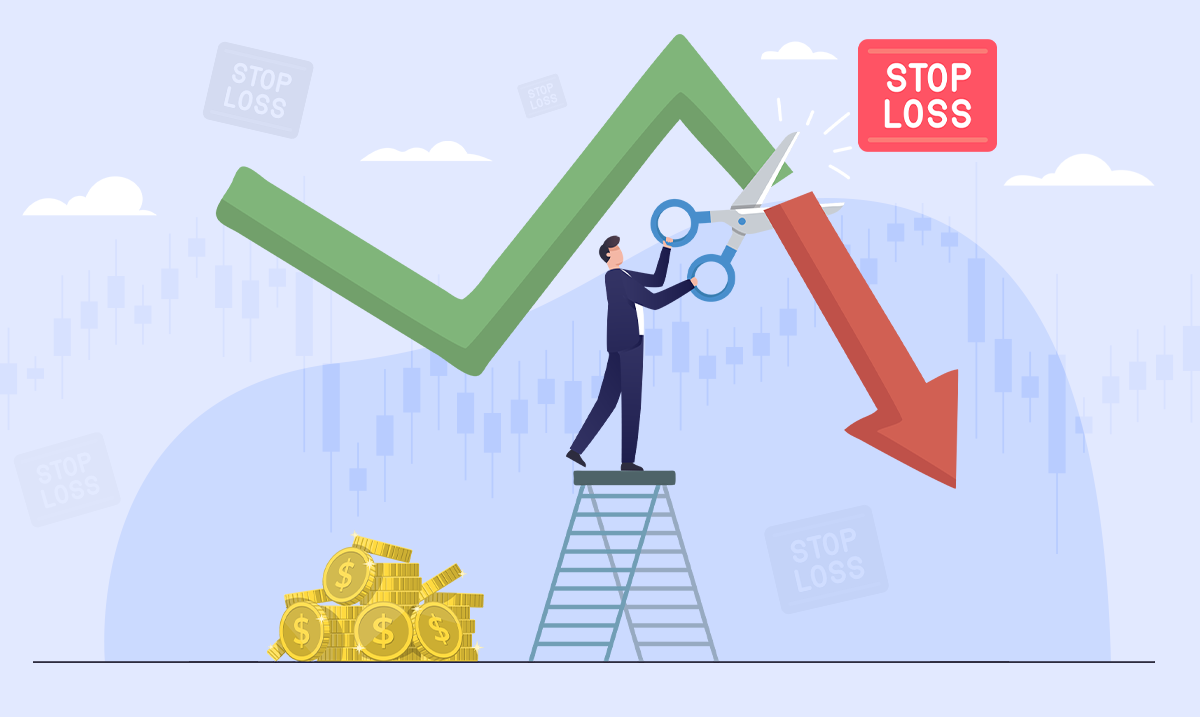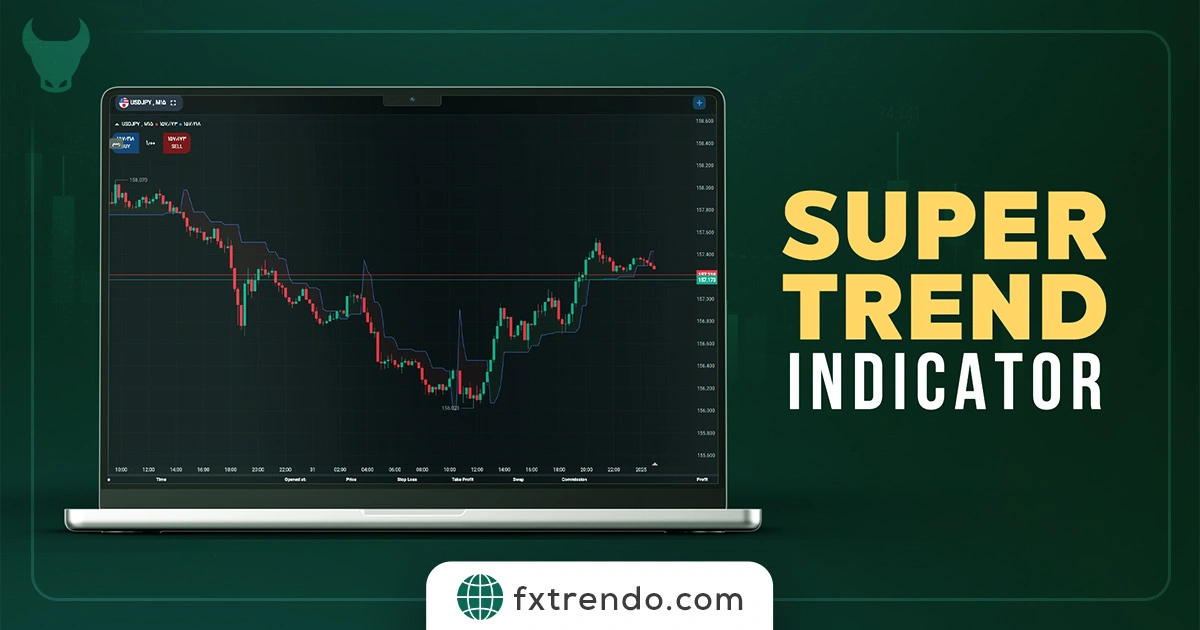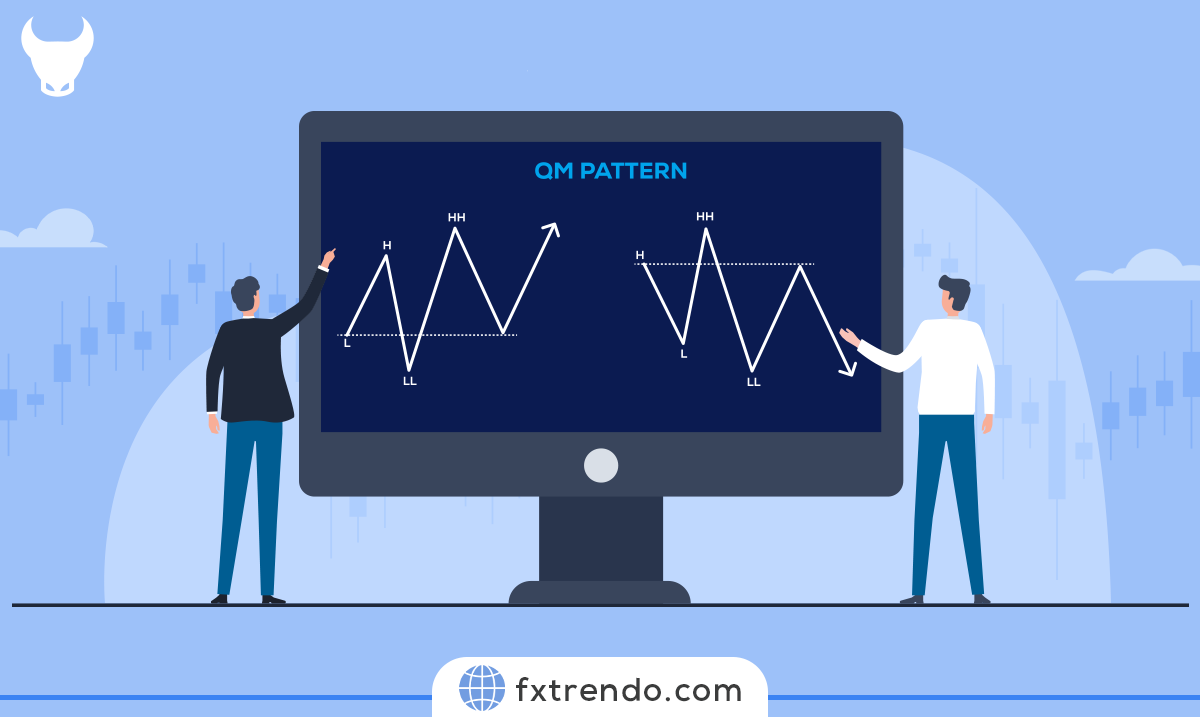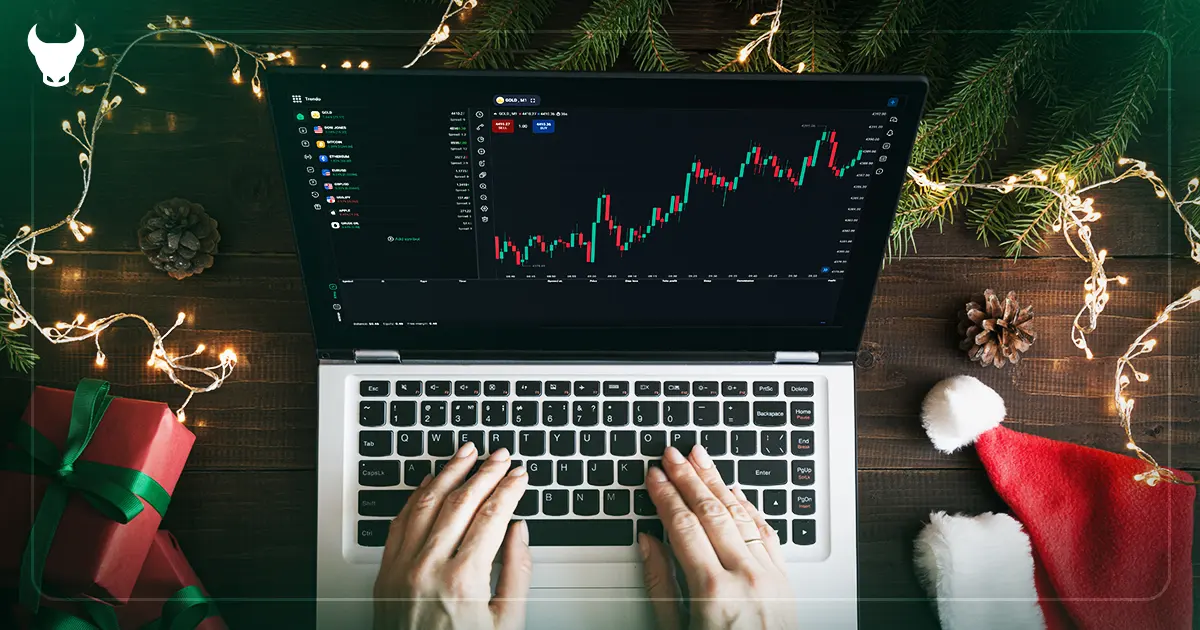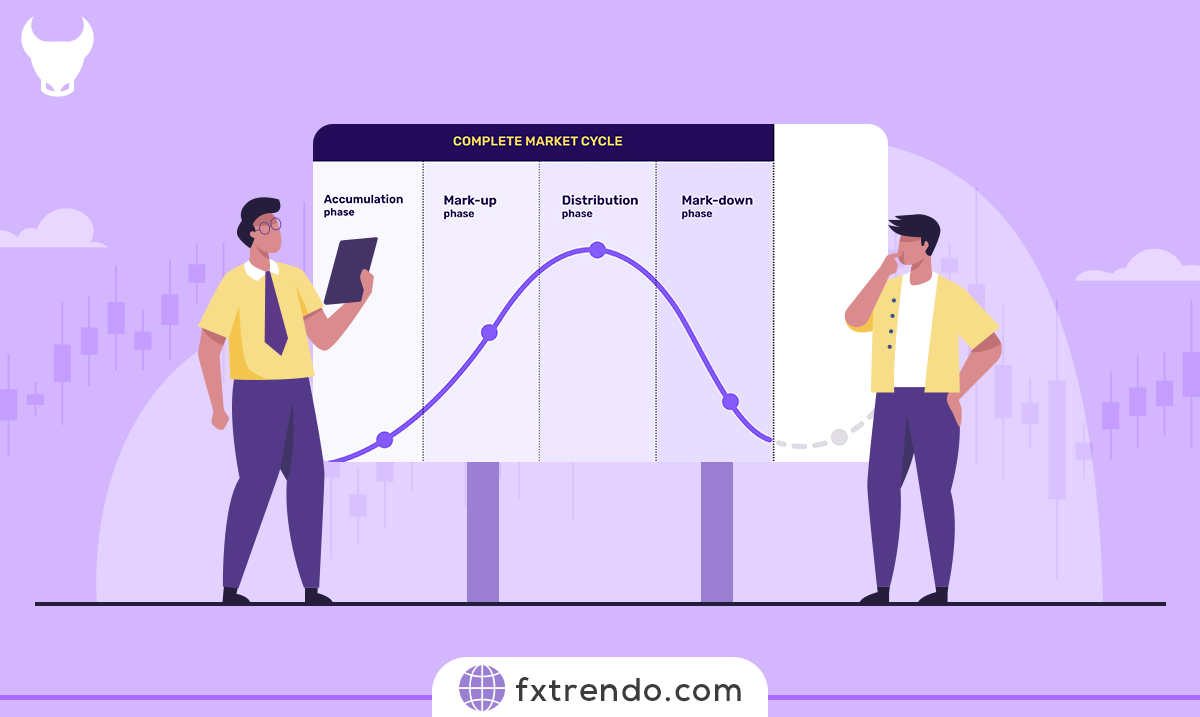Managing and preserving capital is your most important task as a trader. If you lose all your trading capital, there isn’t a way of getting back the lost amount, and as a result, you are out of the trading game. The only tool for capital management and preservation is to observe stop loss.
What is Stop Loss?
Stop loss, also called SL for short, is a stop for trades when the trader’s analysis and trading strategy are flawed, and the trade is closed to prevent further losses or reduced profits. Traders use stop loss to stop losing trades or prevent profit decline. Of course, the stop-loss order can be set at a profit, loss, or even zero for a transaction.
For example, a trader buys gold with a volume of 1 lot at $1900 and analyzes according to his strategy that if the price reaches $1890, it can have a further decline. In fact, at $1890, according to the trader’s strategy, the analysis of buying gold is flawed, so he puts his Stop loss at $1890. If the price reaches $1890, his trade is closed with a loss, and further losses are avoided.
Suppose that the trader’s buy transaction from the previous example is in profit, e.g., after his purchase, the price of gold has reached $1920. After checking the chart, he analyzes that the gold’s price will probably rise more, but based on his analysis, if the price reaches $1900 again, it will likely decrease further and fall below $1900. Therefore, he decides to place his stop loss at the entry point of the transaction, i.e. $1900, and if his trade reaches this number, it will be closed at zero without loss or profit. This process is called Risk-free. Risk-free means that the loss limit of the transaction is placed at the entry point and the trade is closed without loss.
Now suppose that the price of gold is $1930, and the trader still believes the price can rise more, but on the other hand, he does not want to lose all the profit of this transaction and make it risk-free, so he decides to set his stop loss at $1920. And if the price reaches this number, the trader’s gold purchase transaction, which he made at $1900, will be closed with a profit of $1920. This process is called Trailing Stop Loss.Trailing Stop loss means that you move the stop loss of the transaction and place it in a number that causes less loss or is the entry point of the transaction (risk-free) or in a number that closes the trade in profit.
Importance of Stop loss in Trading
The market always does what it wants and moves the way it wants. Every day is a new challenge, and almost anything from geopolitics to surprising economic data releases to central bank policy rumors can change currency prices faster than you can snap your fingers. It means all of us will end up on the wrong side of the market movement.
Being in a losing position is inevitable, but when we are in that situation, we can control what we do. You can accept your loss or wait until the market turns in your favor. Of course, that one time the market doesn’t go your way can blow up your account and end your trading career in a flash.
The saying “live to trade another day!” should be every trader’s motto because the longer you endure, the more you can learn, gain experience and increase your chances of success.
These things make the “stop loss” technique an important skill and tool in the trader’s toolbox. Having a predetermined exit point for a losing trade not only provides the benefit of mitigating losses so you can move on to new opportunities but also eliminates the anxiety of being in a losing trade without a plan.
Why use Stop Loss?
The prime purpose of a stop loss is to ensure that losses do not become too large, and in fact, your stop loss point should be the “null point” of your trading idea. When the price reaches this point, it should signal to you, “time to get out mate!”
Imagine two traders trading with the same trading strategy, and the only difference is the size of their stop loss. Trader Y’s trading stop loss is 2% of the balance, and trader X’s trade has no stop loss, or it is not a suitable stop loss, he loses a large amount of his balance for each stop loss, for example, Trader X’s trading stop loss is 10% of the balance.
For every trade with any trading strategy, there are only two possible outcomes: 1- profit and 2- loss.
Now imagine that both traders fail in the same way. They both lose ten trades in a row! Account Y is down 20%, but account X has exploded even if it meets the 10% stop loss. Trader X is out of the forex game.
Let’s assume that the account of two traders, X and Y, has a balance of $1000 in Trendo, and both intend to trade in the symbol of gold. Trader X makes a gold sell transaction with a trading volume of 0.1 lot at $1930 with a stop loss of 1934. Trader Y makes a gold sell transaction without a stop loss with the same volume of 0.1 lot. Suddenly the gold symbol makes a lot of progress during the day for various reasons, and at the end of the trading day, it climbs to $1988. Trader X, who had observed the stop loss, closes his trade at $1,934 with a $40 or 4% loss, and his balance reaches $960, which he can effortlessly compensate for in subsequent transactions. But trader Y’s account suffered a lot because he traded without stop loss, and his balance has reached $411 with a $588 or 58% loss, so he gets stressed and anxious and cannot make the right decision in this situation where there is a possibility of stop-out and margin call, which is a capital loss. Click here and learn about Stop-out and Margin call in Forex.
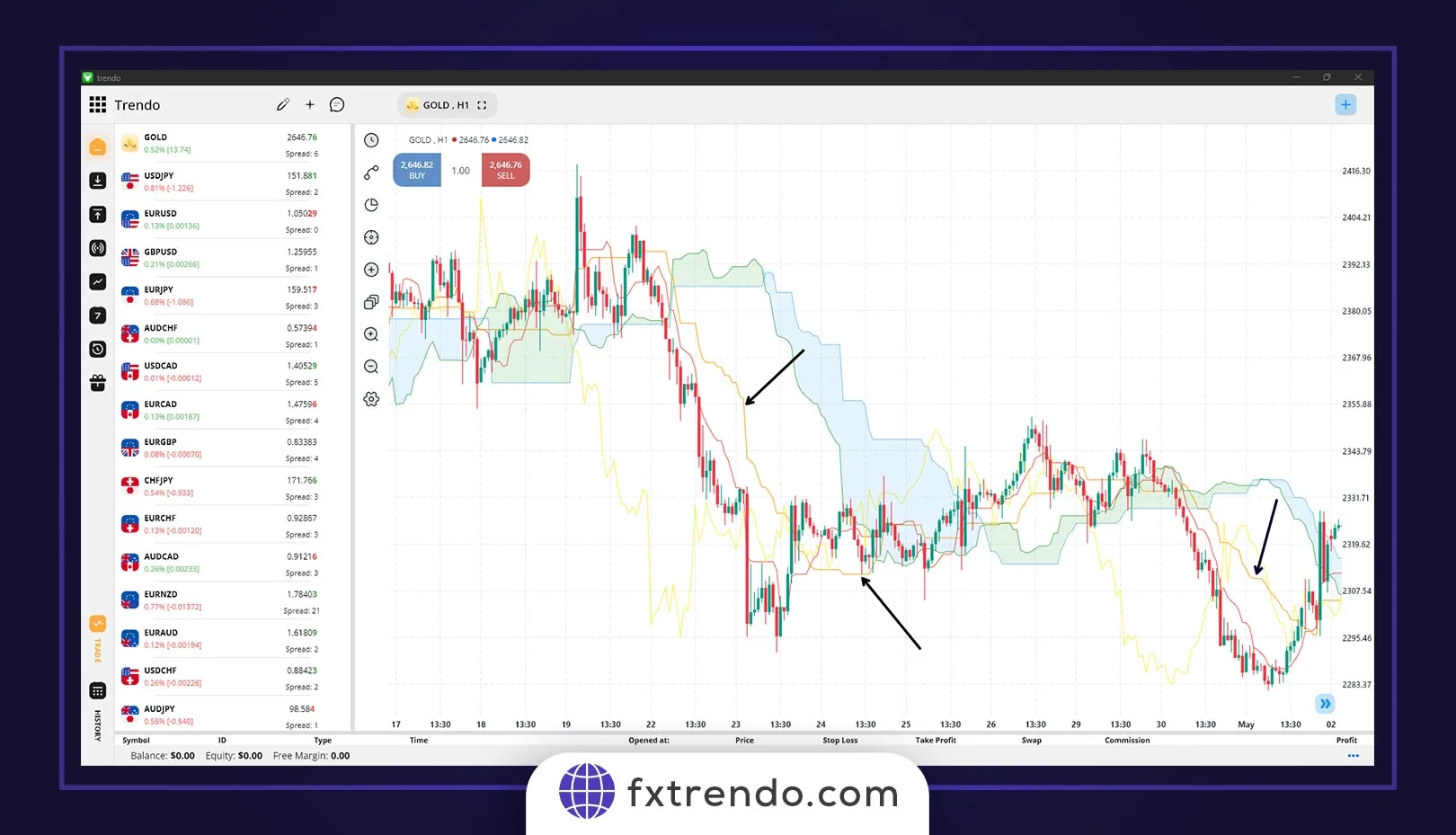
Four methods of setting stop loss
There are various methods for determining the stop loss, which depend on the trading strategy of each individual. Further, we have mentioned four general methods of deciding the stop loss.
Percentage Stop Loss
Let’s start with the most basic type of stop loss: the percentage-based stop loss. The percentage-based loss limit uses a predetermined share of the trader’s account. For example, “2% of the account” is what a trader is willing to risk on a trade. The risk percentage can be different for each trader. The more aggressive ones risk up to 10% of their account, while the less risky ones typically risk less than 1% per trade. Once the risk percentage is determined, the forex trader uses his position size to calculate the stop loss distance from the entry point. But this method is not ideal. A trader’s stop loss should be per his trading plan. Each trader should set their stop loss based on market sentiment or system rules, not how much they want to lose.
Stop loss based on fluctuations
Simply put, volatility is the amount a market can potentially move at a given time. Knowing how much a currency pair tends to move can help you set the correct stop-loss levels and prevent you from exiting a trade early with random price swings. For example, if you’re in fluctuating transactions and know that EUR/USD has moved about 100 pips per day over the past month, setting your stop loss at 20 pips would likely stop you on a small daily move in the opposite direction. Knowing the average volatility will help you adjust your stop loss to give your trade a little break.
Stop loss based on charts
A more reasonable way to determine the stop loss is to decide it based on charts. Since we trade the market, we may set our stop loss based on what the markets tell us. One of the things we can see in price action is that there are times when prices cannot go beyond or break certain levels. Often, when these support or resistance areas are re-tested, they can stop the market from advancing again. Determining the stop losses beyond these support and resistance levels makes sense because if the market trades beyond these areas, it is reasonable to think that a break in that area will cause more traders to come in and move your position against you.
Time-based stop loss
Stop losses are stops you place on a trade based on a predetermined amount of time. This type of stop can be a predetermined time, a certain trading session’s activity duration, or market opening hours.
Four big mistakes traders make in setting stop loss
Let’s talk about the four biggest mistakes traders make when using a stop loss. We always emphasize proper risk management use, but when used incorrectly, it can lead to more losses than profits.
Placing Stop Losses too close: The first common mistake is to set the stop loss too close. They are so tight that there is no room to breathe! By placing very tight stop losses on trades, there won’t be enough “breathing room” for the price to fluctuate before it eventually moves in your desired direction. Always remember to consider the volatility of currency pairs around your entry point.
Using position size like “pips amount” as the basis of stop loss: Using position size like “pips amount” or “dollar amount” instead of technical analysis to determine the stop loss is a bad idea. Using position size to calculate your stop loss has nothing to do with how the market behaves. Since we are trading the market, it makes more sense to set stop losses depending on how the market moves. So just as you have chosen your entry point and targets based on technical analysis, you should do the same for your stop loss. It does not mean that you should completely forget about position size. We recommend that before calculating your position size, first, you must decide where to place your stop loss.
Placing Stop Losses too far or too open: Some traders make the mistake of setting stop-losses too far away, crossing their fingers and hoping that eventually, the price action will go in their direction. But one of the benefits of a stop loss is that it doesn’t make sense to hold a trade that keeps losing when you can use that money to enter a more profitable trade. Determining too far away stop losses increases the number of pips your transaction needs to move in your favor for the trade to be worth the risk. The general rule is to place stop losses closer to entry than targets.
Placing Stop Losses Right on Support or Resistance Levels: Of course, it’s helpful to pay attention to support and resistance levels when deciding where to place your stop loss. If you are going to open a buy trade, you can only look for a close support level below your entry and set your stop loss in that area. If you have a sell trade, you can find out, where is the next resistance level above your entry and place your stop loss there. It is because the price can still have a chance to turn and move in the direction of your analysis after reaching that level. If you place your stop loss a few pips beyond that area, you will nearly be sure that the support or resistance has been broken, and then you can admit that your trade idea was wrong.
Three rules to follow when using stop loss
Once you’ve created a great trading plan that includes a stop loss, you must ensure you will stick to your stop loss if the market goes against your analysis. Do you have the mental endurance and self-control not to manipulate your stop loss? In the heat of battle, what often separates the long-term winners from the losers is whether or not they can objectively follow their predetermined plans. Traders, especially those who are more inexperienced, often question themselves, and when they feel the pain of losing and pessimistic thoughts like “maybe the market will reverse right here” come to them, they lose their objectivity and change their stop loss or delete it. If the market has reached your stop, your reason for the trade is no longer valid, and it’s time to cancel it, no questions asked.
Since stop losses are always changeable and you can move them, we will end this article with 3 rules you must follow when using a stop loss.
Rule #1: Don’t let sentiments be the reason for your stop loss.
Like your initial stop loss, your stop loss changes must be decided before you place a trade.
Rule #2: Trail your stop loss.
Trailing the stop loss means moving it in a winning trade direction. This locks in profits and manages your risk.
Rule #3: Don’t widen your stop loss.
Opening a stop loss only increases your risk and the amount you will lose. If the market reaches your planned stop loss, your trade is out. Tap and think about the next opportunity. Opening your stop loss is basically like having no stop loss at all, and it makes no sense to do so! These rules are simple to understand and must be followed mentally, especially rule #3! Always remember to plan your trade and understand what to do in each scenario so you don’t panic and do something you might regret later.
Summary
At last, like everything else in trading, setting a stop loss is a science and an art. Markets are dynamic, they fluctuate, and a rule or condition that works today may not work tomorrow. You will be one step closer to becoming a professional risk manager if you consistently review the correct way to set your stop loss and record your thought processes and trade results in your journal.
